Digital Smile Design gives you a precise and realistic preview of your future smile before treatment begins. By using advanced scans, photography, and software, dentists design a smile that matches your face and personality, leading to predictable, natural, and satisfying results. At Buford Dentist, this process ensures your treatment is tailored to your goals with accuracy and confidence.
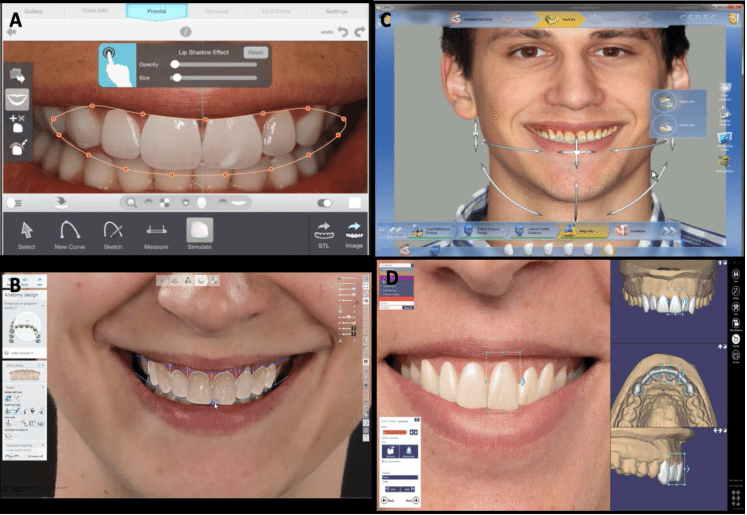
Digital Smile Design is a modern method in cosmetic dentistry. It combines digital technology with patient input to design a new smile. The system was created to improve accuracy, planning, and predictability compared to traditional methods.
DSD relies on multiple tools working together:
Traditional smile planning uses wax models and guesswork. DSD replaces these with accurate digital previews. Key differences include:
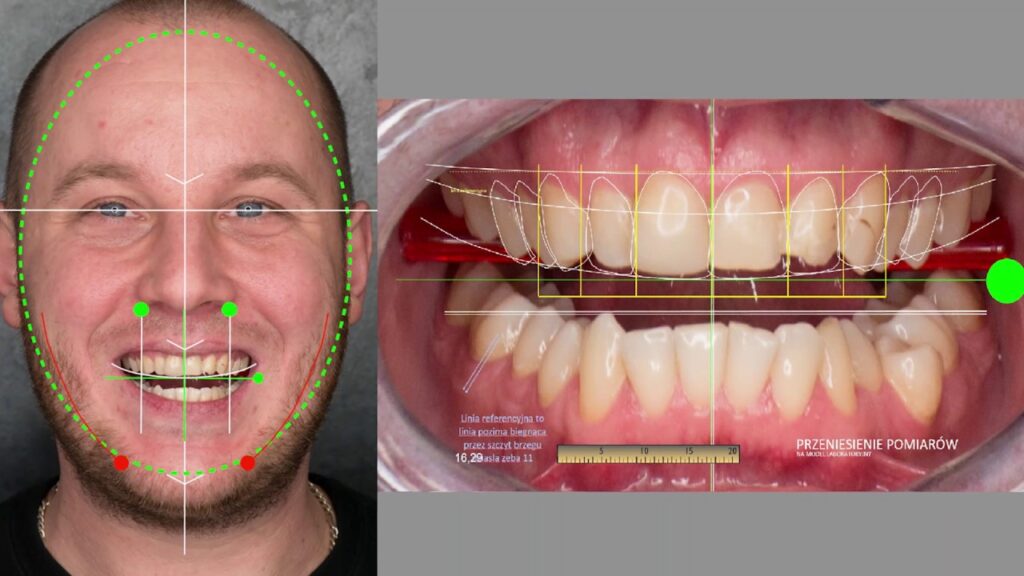
The first step is a consultation at Buford Dentist. Your dentist reviews your dental health and goals. Aesthetic factors such as lip position, gum line, and facial proportions are assessed.
Software creates a virtual simulation of your smile. You can see a before-and-after comparison. In some cases, physical mock-ups are created so you can try the design in your mouth.
Depending on your needs, the plan may involve a combination of dental treatments such as:
Once approved, restorations are fabricated with CAD/CAM technology. A try-in phase allows adjustments. The final restorations are placed with accuracy and attention to detail.
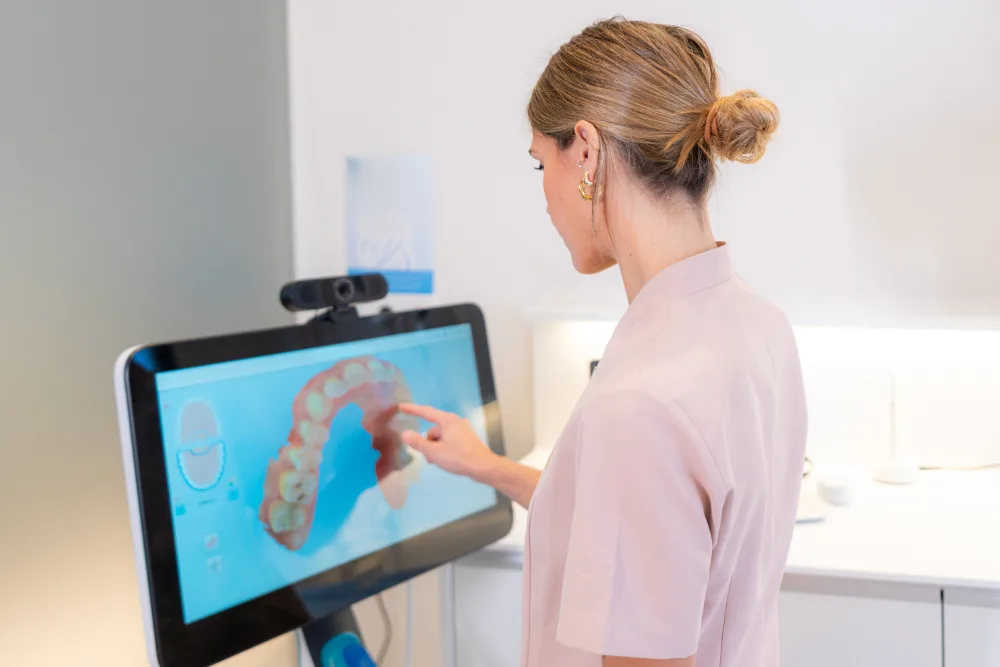
Digital tools reduce guesswork. The result is a smile that matches your expectations with high accuracy — helping you achieve the flawless smile you’ve always wanted.
You are part of the design process. Seeing your future smile before treatment lowers anxiety and builds confidence.
DSD promotes conservative approaches. Treatments are designed to preserve as much natural tooth structure as possible.
Digital workflows reduce the number of appointments. Communication with dental labs is faster and more accurate.
Proper occlusion and bite alignment are planned digitally. This reduces complications and ensures long-term stability.
A new smile improves confidence, self-image, and social interactions. Many patients report improved quality of life after treatment.
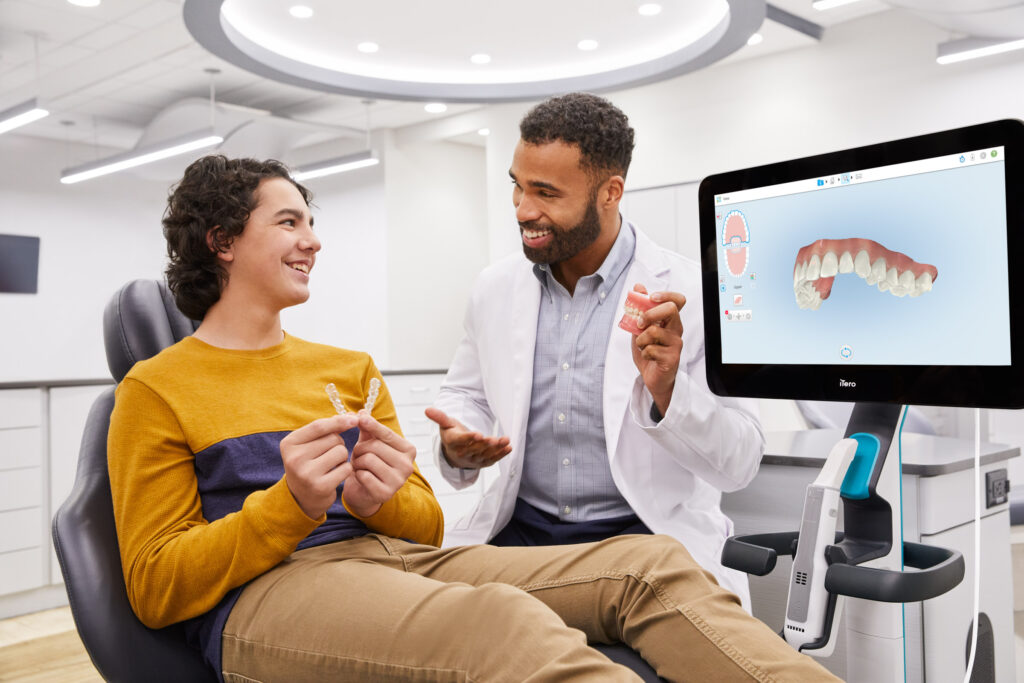
The cost of Digital Smile Design in Georgia varies. Factors include:
Typical treatment ranges from several thousand dollars for simple cases to more for full-mouth reconstruction.
Case studies show how DSD creates predictable smiles:

Patients with severe gum disease or extensive damage may need foundational treatments before DSD.
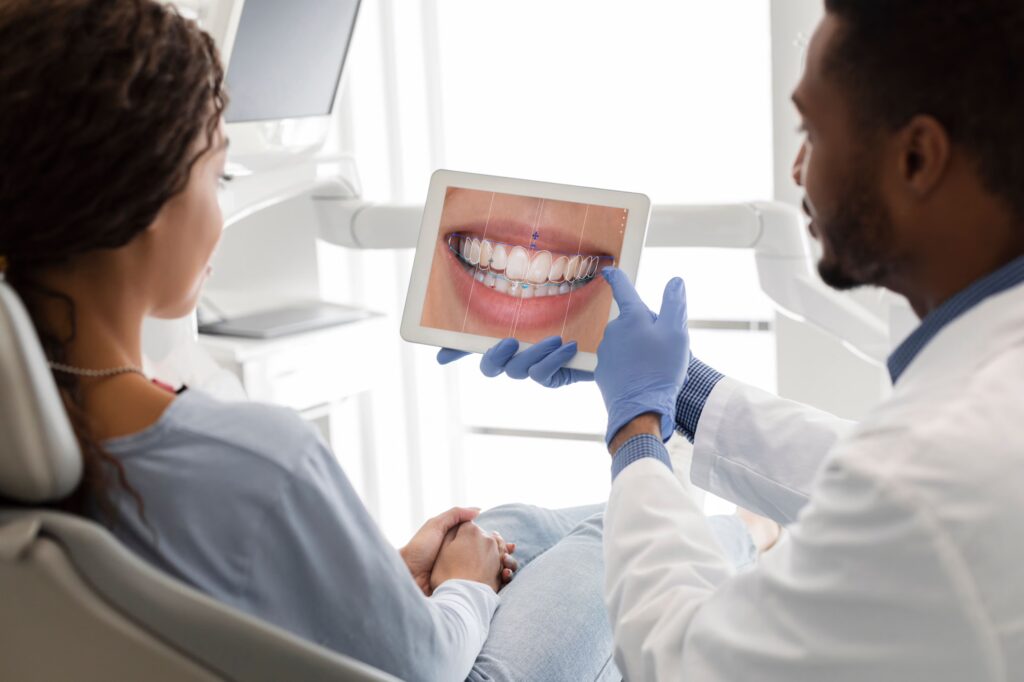
Artificial intelligence improves accuracy in design. AR allows real-time virtual try-ons during consultation.
DSD is being linked with preventive care. Dentists monitor tooth wear and gum health digitally for early intervention.
Advances in ceramics and resin materials produce restorations that are stronger and more natural in appearance.
Some dentists provide initial consultations remotely. Digital records can be shared online for design discussions.
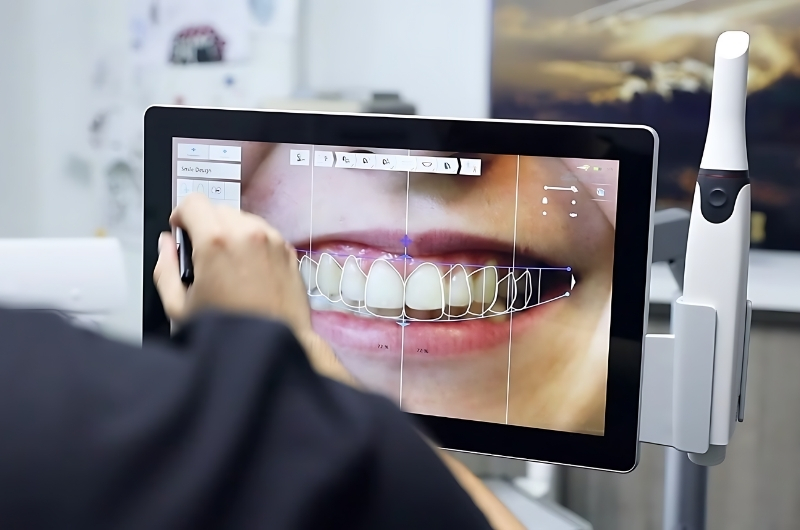
Digital Smile Design is transforming cosmetic dentistry. It blends precision, predictability, and patient collaboration into one process. At Buford Dentist, you see your new smile before treatment starts, giving you confidence in every step. For individuals seeking a natural, balanced, and dazzling smile, DSD offers a reliable solution with long-term benefits.